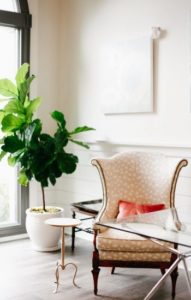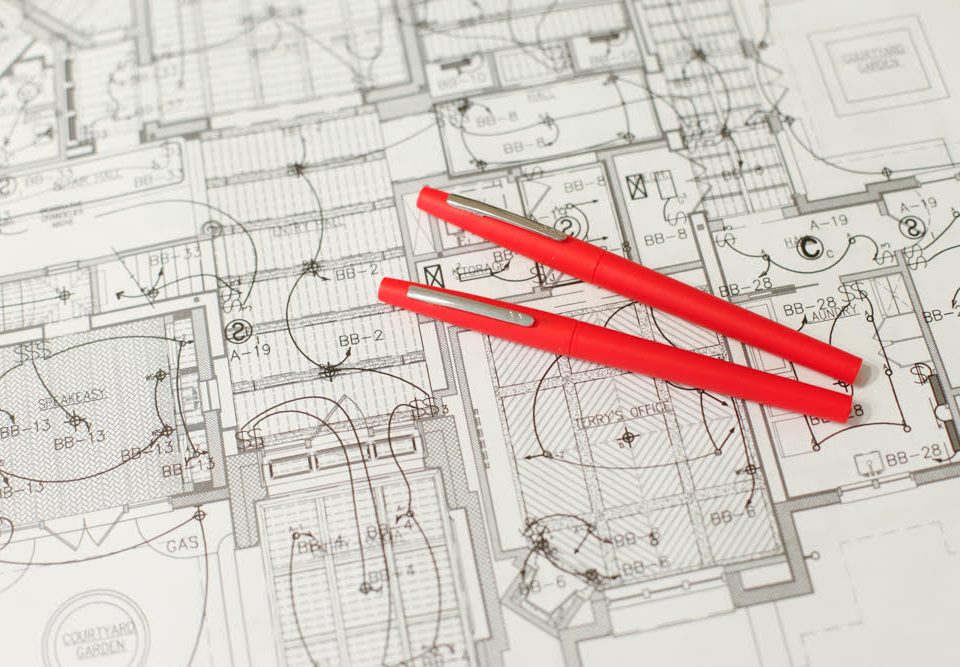Lay the Groundwork for Excellence in Communications
We’re all struggling to stay calm and healthy (physically and emotionally) in these unprecedented times. With more downtime on the horizon, I wanted to share some ways that you can productively occupy some of this space and support your business’ communications needs vital activity, one that is often put on the back burner when we are busy.
So when you’re ready for ideas on focusing your firm’s efforts, start with these tried and tested methods for shoring up some best practices and let this incubation time ultimately be one of substantial and hard-to-come-by prep for your next stages of growth.
In a series of “Shelter in Place” posts, we’re focusing on photography and specifically how to prepare your firm to maximize the potential in your investment.
Organize Your Images
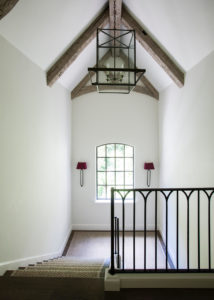
If an editor reached out and asked you for a high-resolution image of the kitchen from a particular project you had brought to them, could you find it in your files and send it within five minutes? Are all of your portraits and photographed projects catalogued in Dropbox or on your desktop and then separated into two sets: Web Ready/Lo-Resolution and High Resolution (300dpi) images?
Organizing your images so that you can use them effectively for various social media platforms, marketing material or pitching will bring clarity around what you have to work with (good communication is always accompanied by even better photography). It will also help you identify, for future reference, those spaces you still need to photograph and the budget needed to do so.
Preparing helps to put yourself in a position to be a quick responder to editors and collaborators. Being able to access and share your images quickly and easily is key. Now is also the time to do the same for your portraits, your bio and your logo files. Should you be asked to be on a panel or to be quoted as an expert, you’ll be asked to provide these same things again and again.
Train Yourself to Look for Possibility
Already published? No problem. In any one project there are usually more than one way those pictures can get press.
Study each image of a project to see if there is an angle that really pops out. Does the mudroom have a clever storage space for dirty boots? Statement lighting in a foyer? Bold home bar design idea? Dramatic vaulted or coffered ceiling? Ingenious organizing solution big on style? What about an eye-catching accent wall color? Small spaces of any kind that deliver big functionality are always in high, editorial demand.
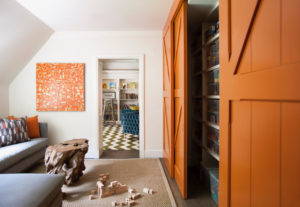
Don’t Limit This Exercise to Projects
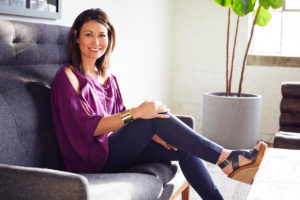
Move on to your personal and team portraits. As a designer, you are an expert in understanding how to create beautiful spaces and maximize their potential. With up-to-date images, you put yourself in a position to be considered as an industry expert, whether in print, on a panel or online.
Think About Your Own Design Studio & Showroom
Have you had your studio professionally photographed? Designer spaces are also in high demand by editors but these images can also be the focus of an article on your own blog, a Pinterest post or your website.
Finally, if you find it’s past time for an updated portrait or you see potential in your studio, then put this on your “to-do” list for when we come out of this Covid-19 lockdown. Nothing instills more confidence with potential clients, or an editor, than beautiful photography that shows off your best self and spaces you’ve designed.
